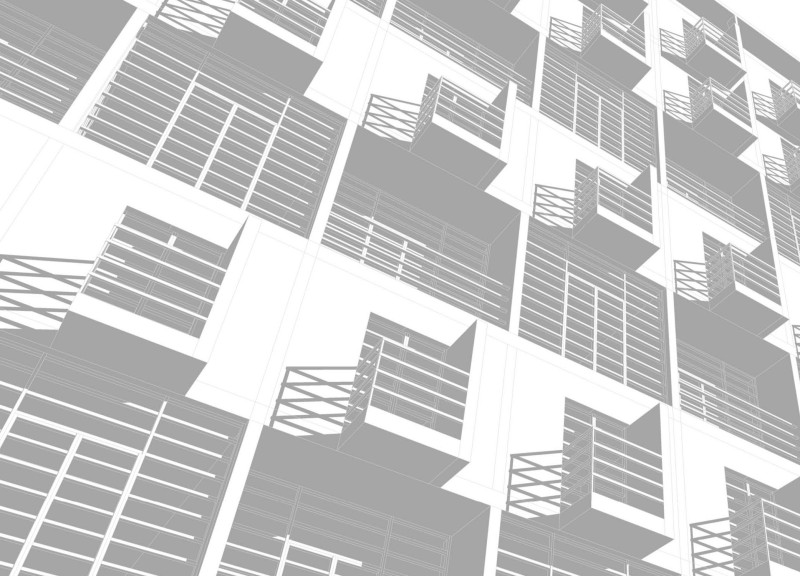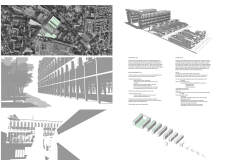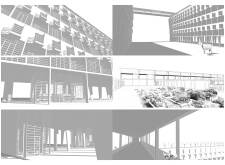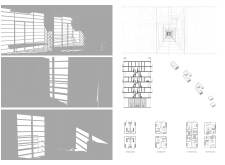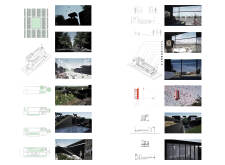5 key facts about this project
The primary function of this architectural design is to offer adaptable housing solutions within an urban context, addressing the challenges of increasing population density. The layout promotes not only individual living units but also shared communal spaces, thereby creating opportunities for social interaction and community building. Communal gardens, courtyards, and rooftop spaces serve as essential elements that enhance the residents' quality of life, encouraging outdoor activities and collaboration among neighbors.
Key aspects of the project include its strategic site planning and architectural composition. The arrangement of buildings is optimized to maximize natural light and airflow, which is particularly noted in the configuration of windows and balconies. Each apartment is designed with flexible spatial arrangements, allowing for modifications based on individual needs, which is an increasingly important consideration in contemporary residential architecture. This flexibility supports a range of lifestyles and family sizes, making the project relevant to a wider demographic.
Materials used in the construction of the project reflect a commitment to sustainability. Reinforced concrete provides structural stability, while extensive use of glass creates visual connectivity with the surroundings and maximizes daylighting within the living spaces. Steel components are likely incorporated to facilitate open and airy layouts, while wood finishes add warmth and a natural aesthetic that balances the more industrial elements. The project may also include sustainable materials, such as recycled products or locally sourced resources, reinforcing its focus on environmental responsibility.
The unique design approaches taken in this project set it apart from traditional urban housing developments. The integration of communal spaces not only meets practical requirements but also enhances the social fabric of the community. Such design encourages interactions among residents, making everyday living more engaging and connected. Additionally, the project's architecture takes cues from its surroundings, responding thoughtfully to the existing urban landscape while projecting a contemporary yet inviting character.
Natural ventilation strategies are embedded in the building design, with shading devices that reduce heat gain and lower energy consumption. This is a crucial aspect, as it not only contributes to the comfort of the residents but also aligns with broader sustainability goals. The rhythmic façade design introduces an element of visual interest while ensuring that the buildings maintain a cohesive look within the urban context.
For those interested in learning more about this architectural project, the presentation includes detailed architectural plans, sections, and visuals that showcase the comprehensive design ideologies and practical applications. Exploring these materials will provide deeper insights into the innovative concepts that underline this project, including its thoughtful integration of environmental and social considerations in modern architecture.


